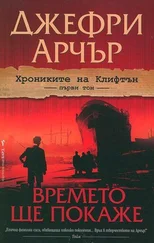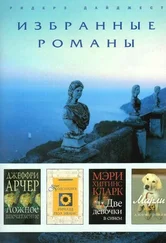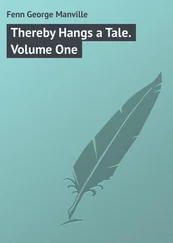As the years went by, Hans Julius was elected to the local council, later becoming a freeman of the town as well as an elder of the parish church. Towards the end of his days he was responsible for establishing the town’s first municipal museum. If that had been all Herr Grebenar achieved, commendable though it was, he would have gone to his grave unworthy of even a short story. However, there is more to be said about this man because God had given him a rare gift: a good eye.
Young Grebenar began to take an interest in paintings and sculptures while he was at university, and once he’d seen everything Heidelberg had to offer (several times), he took every opportunity to travel to other cities in order to view their treasures.
During his bachelor years he put together a small but worthy collection, his limited means not allowing him to acquire anything of real significance. That changed the day he prosecuted Friedrich Bloch, who appeared before the court on a charge of being drunk and disorderly.
Herr Grebenar wouldn’t have given the uncouth ruffian a second thought had Bloch not described himself on the court sheet as a painter. Curiosity got the better of the prosecutor, and after Bloch had been fined ten marks, an amount he was ordered to pay within seven days or face a three-month jail sentence, Grebenar decided to follow him back to his home in the hope of finding out if he painted walls or canvases.
Over the years, Grebenar had come to admire the works of Caravaggio, Rubens and Bruegel, and on one occasion he had even travelled to Amsterdam to view the works of Rembrandt at his studio, but the moment he set eyes on his first Bloch, Child Pushing a Wheelbarrow , he realized that he was in the presence of a remarkable talent.
An hour later, the lawyer left Bloch’s studio with an empty purse but in possession of two self-portraits in oil, as well as Child Pushing a Wheelbarrow . He then went straight to the guild house, where he withdrew a large enough sum of money to cause the clerk to raise an eyebrow.
After a light lunch he returned to court, where he discharged the artist’s fine, which caused several more raised eyebrows, because he had successfully prosecuted the miscreant only that morning.
When the court rose later that afternoon, Grebenar, still wearing his long black gown and wing collar, took a carriage back to the artist’s home. Bloch was surprised to see the prosecutor for a third time that day, and was even more surprised when he handed over the largest number of coins the artist had ever seen, in return for every painting, drawing and notebook that bore Bloch’s signature.
Herr Grebenar did not come across Friedrich Bloch again until the artist was arrested a year later, on the far more serious charge of attempted murder.
Grebenar visited the artist in prison where he languished while awaiting trial. He informed an incredulous Bloch that he was willing to defend him against the charge of attempted murder, but should he get him off, he would require a rather unusual recompense. Bloch, having gone through all his money, agreed to the lawyer’s terms without question.
On the morning of the trial Herr Grebenar was inspired; he had rarely experienced a better day in court. He argued that as at least twelve men had been involved in the drunken brawl, how could the constable, who had arrived some time after the victim had been stabbed, possibly know which one of them had been responsible for the crime?
The jury agreed, and Bloch was acquitted on the charge of attempted murder, although he was found guilty of the lesser offence of drunken affray and sentenced to six months in prison.
When Bloch was released, Herr Grebenar was waiting for him in his carriage outside the prison gates. Grebenar outlined his terms during the journey to the artist’s home and Bloch listened intently, nodding from time to time. He made only one request of his patron. Grebenar readily agreed to supply him with a large canvas, several new brushes and any pigments and powders he required. He also paid Bloch a weekly stipend to ensure that he could live comfortably, but not excessively, while carrying out his commission.
It took Bloch almost a year to complete the work and Grebenar accepted it was the weekly stipend that had caused him to take his time. However, when the lawyer saw the oil painting Christ’s Sermon on the Mount he did not begrudge the artist one mark, as even an untutored eye would have been left in no doubt of its genius.
Grebenar was so moved by the work that he immediately offered the young maestro a further commission, even though he realized it might take him several years to execute. ‘I want you to paint twelve full-length portraits of Our Lord’s disciples,’ he told the artist with a collector’s enthusiasm.
Bloch happily agreed, as the commission would ensure a regular supply of money for years to come.
He began his commission with a portrait of St Peter standing at the gates of Jerusalem holding crossed keys. The sadness in the eyes of the saint revealed how ashamed he was for betraying Our Lord.
Grebenar visited the artist’s home from time to time, not to study any unfinished canvases, but to check that Bloch was in his studio, working. If he discovered the artist was not at his easel, the weekly stipend was suspended until the lawyer was convinced Bloch had returned to work.
The portrait of St Peter was presented to Herr Grebenar a year later, and the prosecutor made no complaint about its cost, or the amount of time it had taken. He simply rejoiced in his good fortune.
St Peter was followed by Matthew sitting at the seat of Custom, extracting Roman coins from the Jews; another year. John followed, a painting that some critics consider Bloch’s finest work: indeed, three centuries later Sir Kenneth Clark has compared the brushwork to Luini’s. However, no scholar at the time was able to offer an opinion, as Bloch’s works were only seen by one man, so the artist grew neither in fame nor reputation — a problem Matisse was to face two hundred years later.
This lack of recognition didn’t seem to worry Bloch so long as he continued to receive a weekly income, which allowed him to spend his evenings in the ale house surrounded by his friends. In turn, Grebenar never complained about Bloch’s nocturnal activities, as long as the artist was sober enough to work the next day.
Ten months later, James followed his brother John, and Grebenar thanked God that he had been chosen to be the artist’s patron. Doubting Thomas staring in disbelief as he placed a finger in Christ’s wound took the maestro only seven months. Grebenar was puzzled by the artist’s sudden industry, until he discovered that Bloch had fallen for a steatopygous barmaid from a local tavern and had asked her to marry him.
James the son of Alphaeus appeared just weeks before their first child was born, and Andrew, the fisher of men, followed soon after their second.
After Bloch, his wife and their two children moved into a small house on the outskirts of Hertzendorf, Philip of Galilee and Simon the Zealot followed within months, as the rent collector needed to be paid. What pleased Grebenar most was that the quality of each new canvas remained consistent, whatever travails or joys its creator was going through at the time.
There was then an interval of nearly two years when no work was forthcoming. Then, without warning, Thaddaeus and Bartholomew followed in quick succession. Some critics have suggested that each new canvas coincided with the appearance of the latest mistress in Bloch’s life, although there is little or no historical evidence to back up their claims.
Herr Grebenar was well aware that Bloch had deserted his wife, returned to his old lodgings and was once again frequenting the ale houses at night. He feared that the next time he came across his protégé it would be in court.
Читать дальше
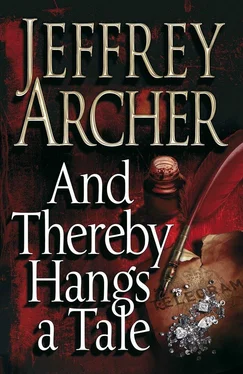

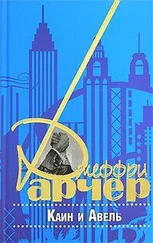
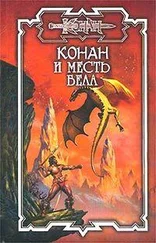
![Джеффри Арчер - The Short, the Long and the Tall [С иллюстрациями]](/books/388600/dzheffri-archer-the-short-the-long-and-the-tall-s-thumb.webp)
